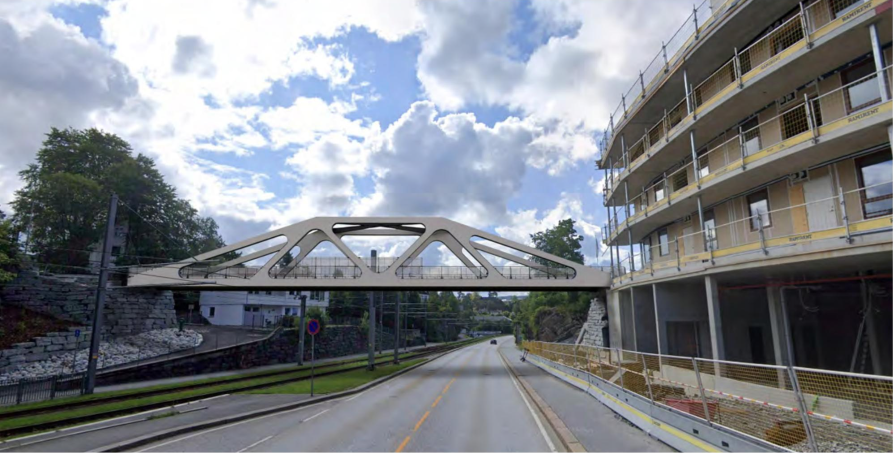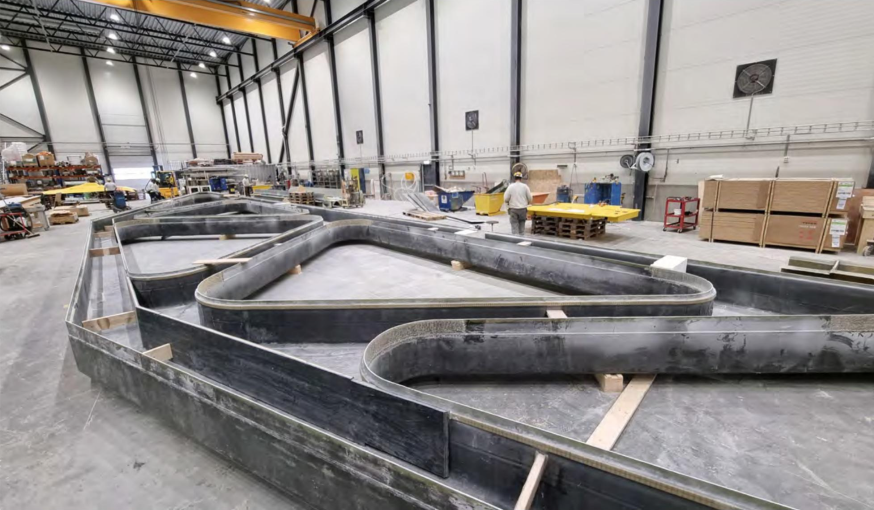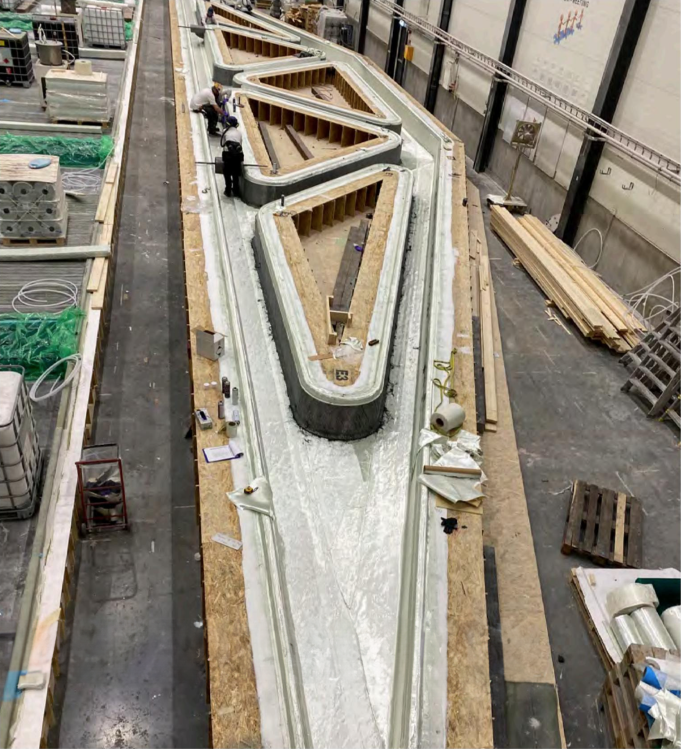Projected the entire area
Multiconsult has assisted from the start of the project in 2015 with both regulatory work and detailed design across all disciplines for the Paradis Infrastructure project.
The most visible part, and the crown jewel, will be the composite bridge, but Multiconsult has also assisted as advisors and project managers on other parts of the project. This includes upgrading pedestrian and bicycle bridges from Stranistain Michelingens road to Turveyn, establishing foundations for new tram lines between Turveyn and Jacop, updating and excavating water and sewage, over water and sewage pipes, and preparations for further expansion of Paradis. Additionally, we have worked throughout the area for social jobs, including Allmenningen, and designed various safety structures. For the composite bridge, we have designed the substructure, landscape, and handling of the bridges, as well as the final assembly infrastructure as construction advisors. Stian Persen, advisor at Multiconsult.
The project is an initiative for increased and nodal development, with improved traffic safety for a greener future. The project is part of many interfaces and development plans, and construction is underway. Due to the project’s complex boundary relations, infrastructure, and the regional plan from 01.10.2020, the project has had some starts and stops. This has made it particularly challenging to ensure continuous and good holistic solutions. It is also challenging to ensure a safe school route through the construction area, with simultaneous construction of infrastructure and private development. Thanks to skilled and collaborative professionals and project managers from all parties, we are left with a project we can be proud of.
«I was lucky to have worked on the development of Paradis G/S-bridge since the start of the project at the Norwegian Public Roads Administration in 2015 and followed the bridge to completion. Due to the challenges with the underlying and light rail and high-traffic road, several alternative bridge solutions and materials were considered early on. Due to the material’s low weight, high strength, and maintenance-free properties, it was early decided to go for fiber-reinforced polymer composite, or synthetic material as it is called in handbook N400.
«At that time, a bridge had never been built with such material according to the Norwegian Public Roads Administration’s handbooks, so the whole process and use of the material have been a developing, educational, and innovative process for all parties. This is entirely in line with the UN’s Sustainable Development Goals, and the bridge has opened up innovation in material use in an otherwise conservative transport sector. It is always challenging to be the first, but the benefits are reaped in the form of new opportunities and more sustainable infrastructure with lower greenhouse gas emissions than more traditional bridge materials,» says Persson.





